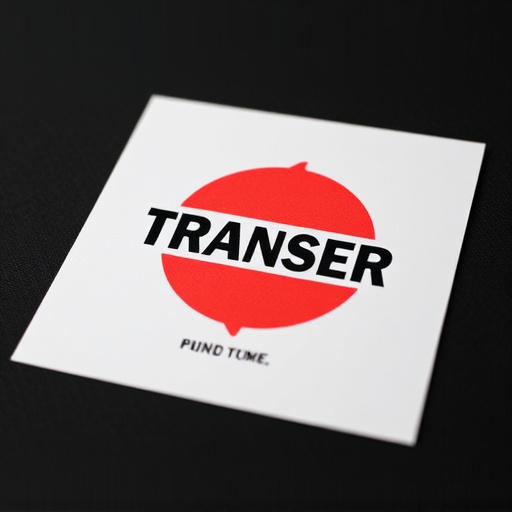Dry and oiled filter intakes serve distinct needs in cooling and lubricating machinery, with dry filters offering simplicity, cost-effectiveness, and minimal maintenance for everyday applications, while oiled filters provide superior performance and longevity at a higher upfront cost but with reduced replacement frequency and enhanced environmental sustainability due to longer contaminant trapping. When deciding between dry and oiled filter intakes, consider initial costs, long-term savings, reduced maintenance needs, and environmental impact for optimal machinery performance.
“Unleash performance and efficiency in your machinery with the right choice between dry filter and oiled filter intakes. This article offers a comprehensive guide, breaking down the fundamental differences between these two systems. We explore the financial implications through an initial cost comparison, revealing surprising insights that challenge conventional beliefs. Furthermore, we delve into long-term considerations, showcasing how the benefits of each extend beyond upfront expenses, ultimately shaping your operational strategy.”
- Understanding Dry and Oiled Filter Intakes: A Basic Breakdown
- The Financial Impact: Initial Cost Comparison
- Delving Deeper: Long-term Considerations and Benefits
Understanding Dry and Oiled Filter Intakes: A Basic Breakdown

Dry and oiled filter intakes are two different systems used in various machinery, particularly in engines, to improve performance and efficiency. The primary difference lies in their approach to cooling and lubrication. Dry filter intakes rely on air-cooling, using a dry medium like fiberglass or cotton to capture and strain contaminants. This system is common in many vehicles and applications where the focus is on simplicity, cost-effectiveness, and minimal maintenance.
In contrast, oiled filter intakes employ a lubricating oil bath to cool and protect internal components. The intake air passes through an oil-saturate element, ensuring that contaminants are not only trapped but also lubricated. This method is often seen in high-performance engines, industrial machinery, and applications demanding superior filtration and protection against wear and tear. While oiled intakes can be more expensive and require regular oil changes, they offer enhanced durability and performance in extreme conditions.
The Financial Impact: Initial Cost Comparison

When considering the financial impact of different intake systems, a key factor to evaluate is the initial cost. Dry filters and oiled filter intakes offer distinct advantages and disadvantages in this regard. On one hand, dry filters are generally less expensive upfront, making them an attractive option for budget-conscious consumers. This lower initial cost can be particularly appealing for vehicles used primarily for everyday commuting or those with limited off-road capabilities.
However, oiled filter intakes often carry a higher price tag at the outset. Yet, this higher initial investment can be justified by their superior performance and longevity. Oiled filters are designed to handle more extreme conditions, making them ideal for rugged terrain or off-road adventures. While the upfront cost may be steeper, these intakes tend to require less frequent replacement, ultimately saving money in the long run.
Delving Deeper: Long-term Considerations and Benefits

Delving deeper into the discussion, long-term considerations play a pivotal role in understanding initial cost differences between dry and oiled filter intakes. While upfront costs may vary significantly due to different material requirements and construction methods—dry filters often being more affordable initially—the benefits of oiled filter systems can’t be overlooked. Over time, oiled filters demonstrate superior performance by capturing finer particles, leading to reduced maintenance needs and increased engine longevity. This translates into considerable savings down the line, as owners save on frequent filter replacements and potential repair costs associated with dirty or inefficient dry filters.
Moreover, in the context of environmental impact, oiled filters offer an eco-friendly advantage. Their ability to trap smaller contaminants for extended periods reduces the need for frequent disposal, thereby minimizing waste generation. In contrast, dry filters, despite their initial cost appeal, may require more frequent replacement, contributing to a higher environmental footprint due to increased waste management challenges. Thus, when evaluating the total cost of ownership over an extended period, oiled filter intakes emerge as a more sustainable and economically viable option for many vehicle owners.














